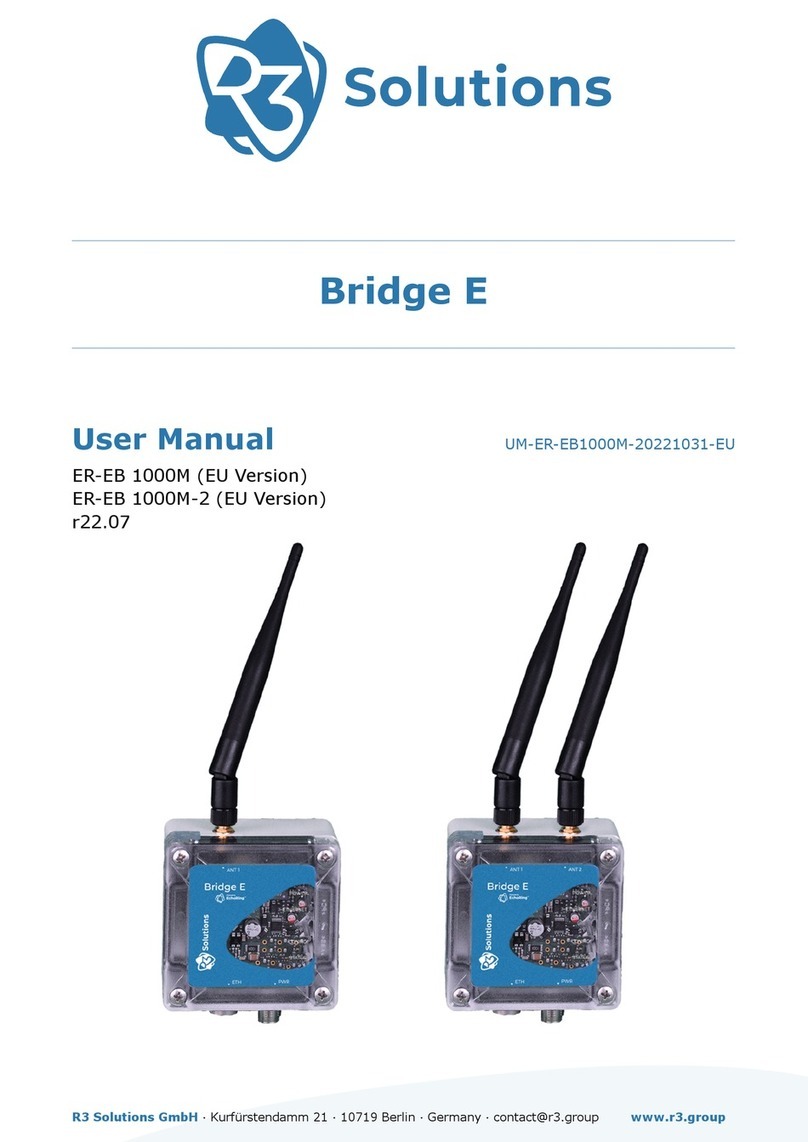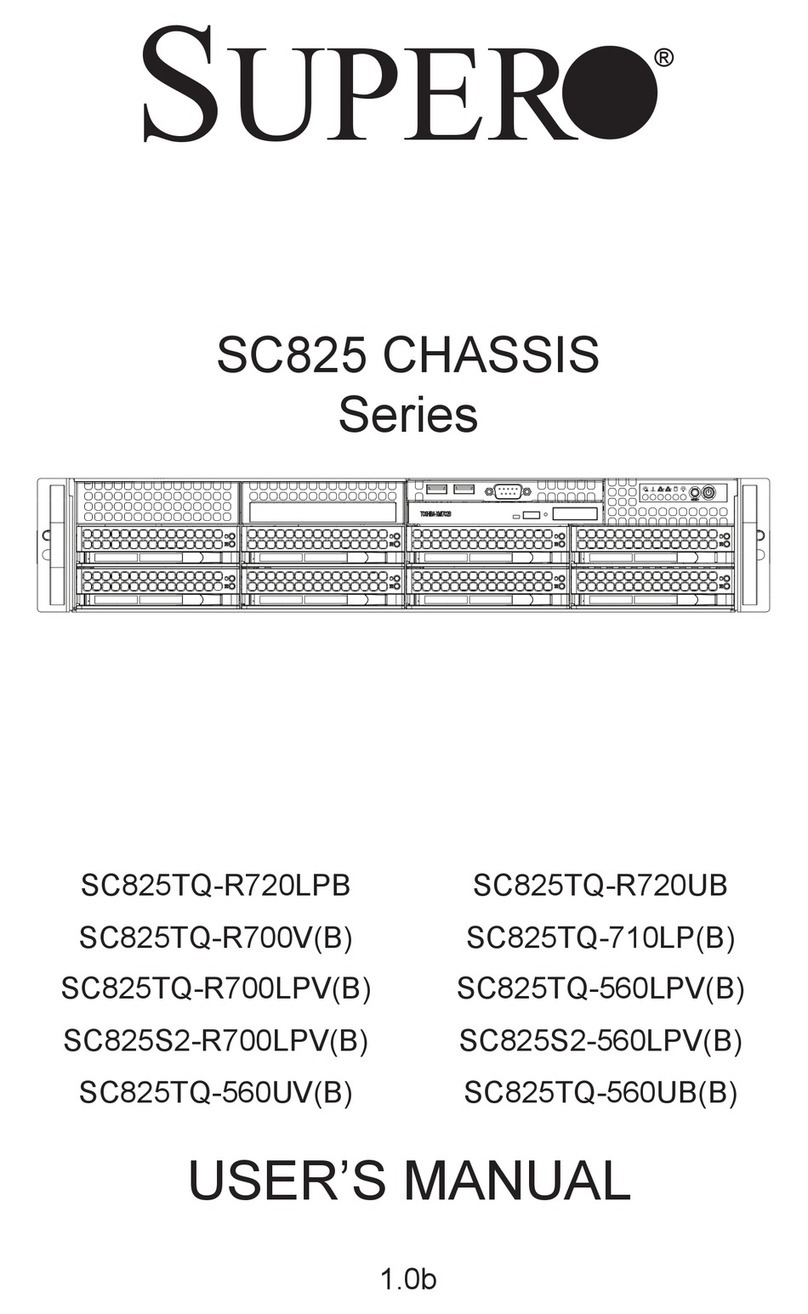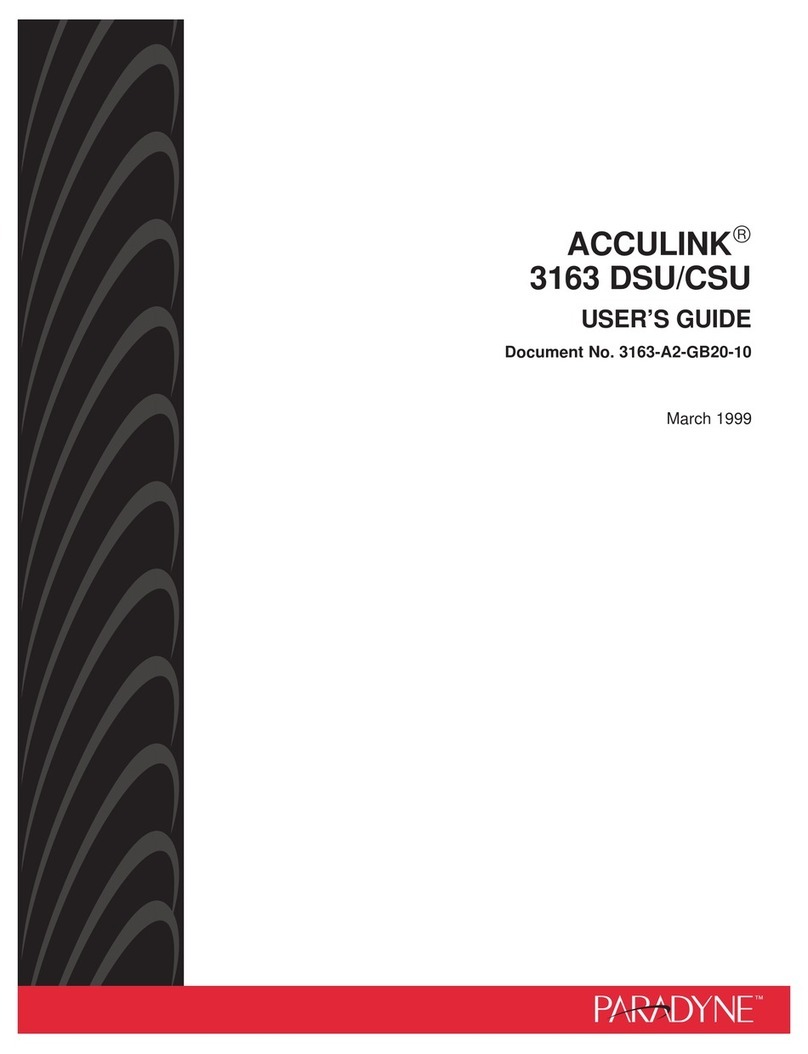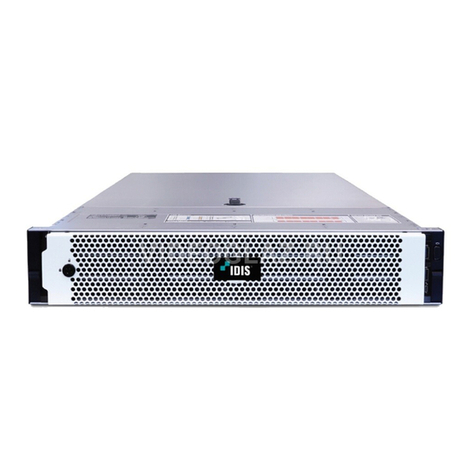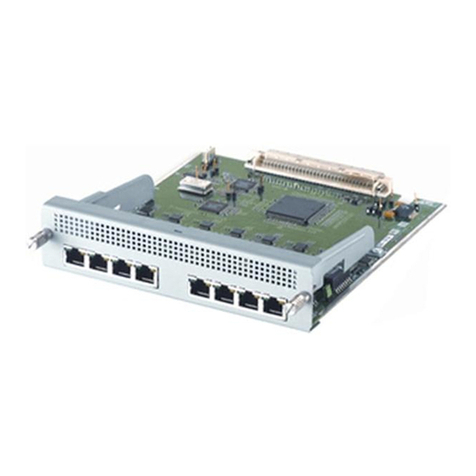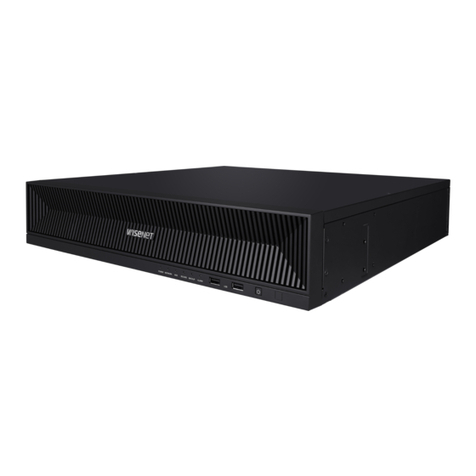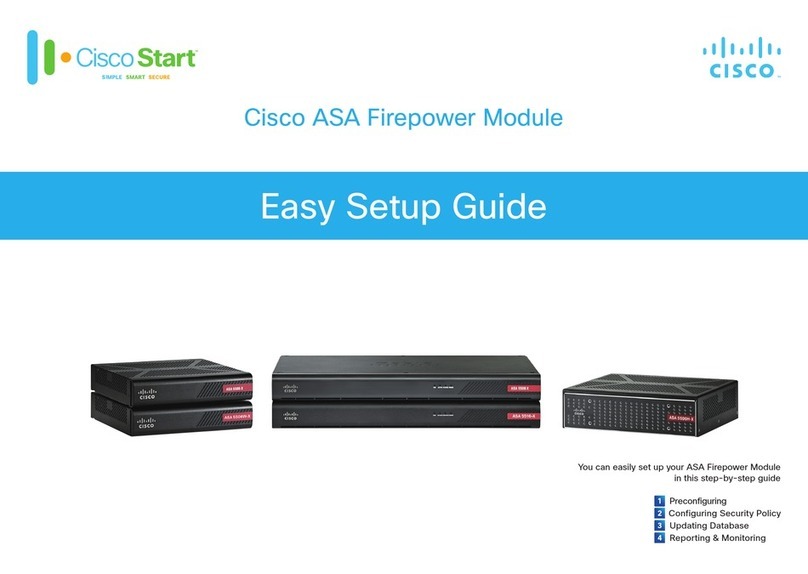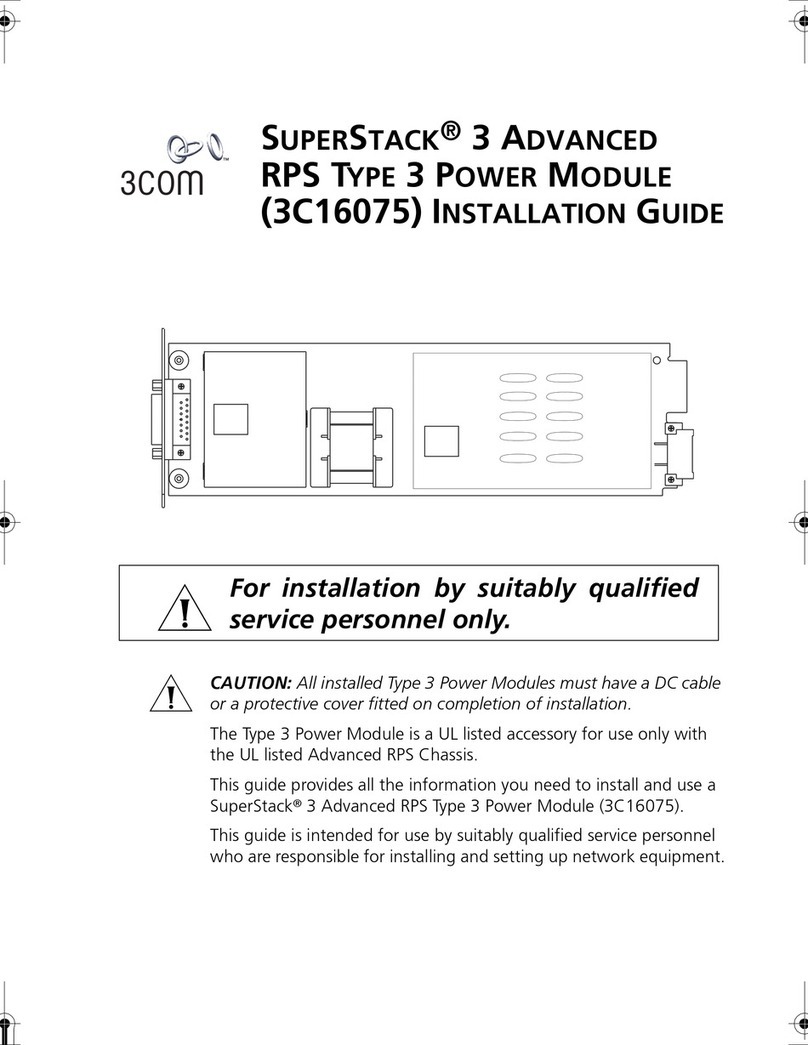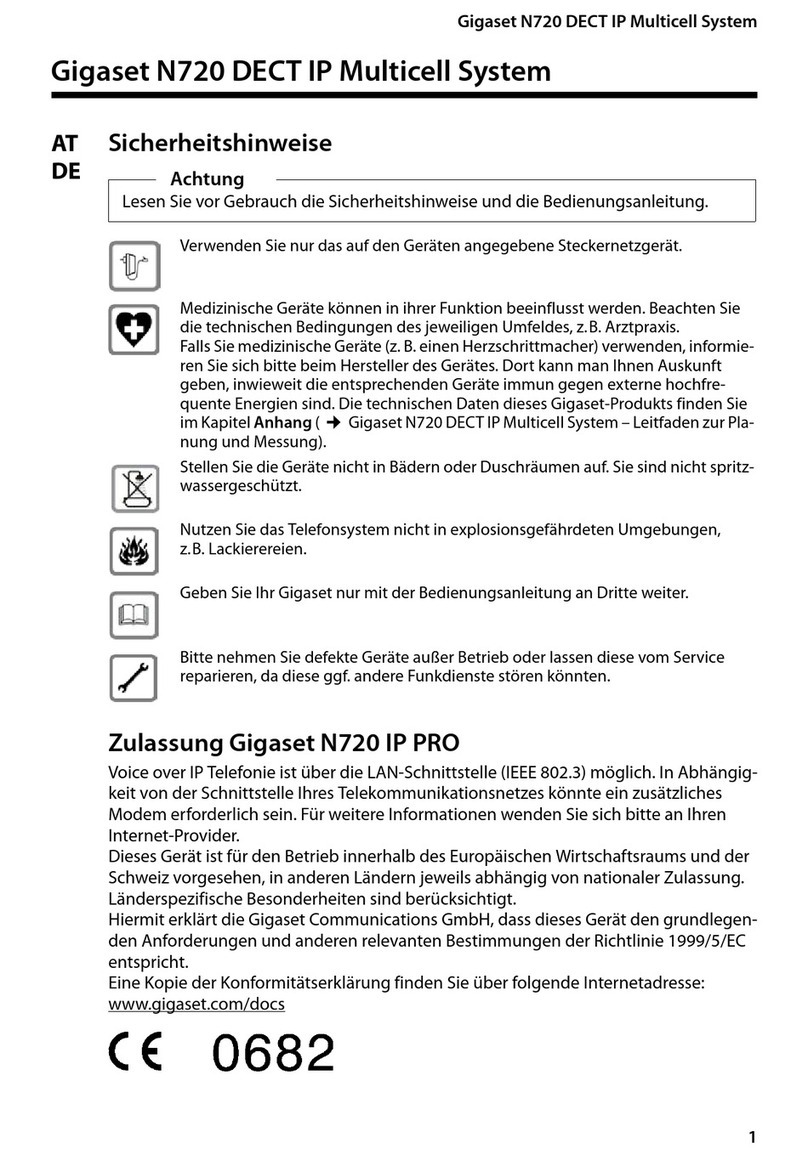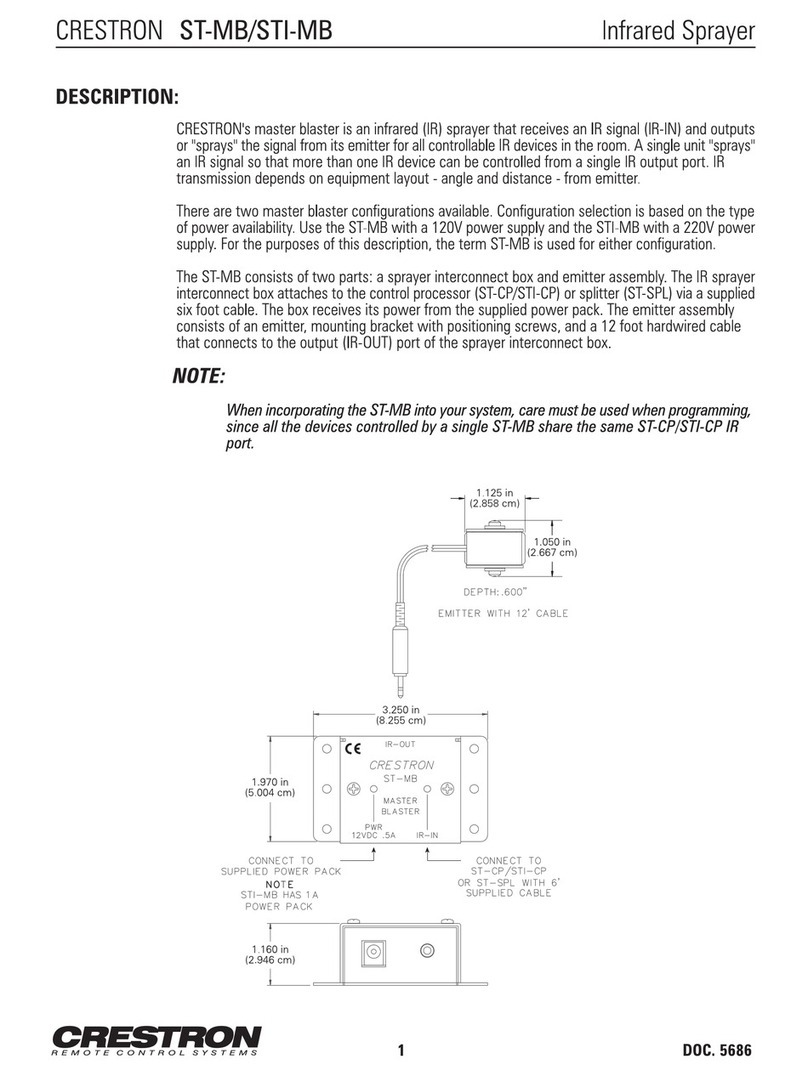Terasic DE10-Standard User manual


DE10-Standard My First FPGA
i
www.terasic.com
February 15, 2017
CONTENTS
Chapter 1
Introduction
1.1 Design Flow.............................................................................. 1
1.2 Before You Begin...................................................................... 2
1.3 What You Will Learn................................................................. 6
Chapter 2
Assign The Device
2.1 Assign The Device .................................................................... 7
Chapter 3
Design Entry
3.1 Add a PLL Megafunction.........................................................11
3.2 Add a Multiplexer ................................................................... 26
3.3 Assign the Pins........................................................................ 34
3.4 Create a Default TimeQuest SDC File.................................... 36
Chapter 4
Compile and Verify Your Design
4.1 Compile Your Design.............................................................. 39
4.2 Program the FPGA Device...................................................... 41
4.3 Verify The Hardware............................................................... 45
Chapter 5
Appendix
5.1 Headquarter & Branches......................................................... 48

DE10-Standard My First FPGA
1
www.terasic.com
February 15, 2017
Chapter 1
Introduction
This tutorial provides comprehensive information that will help you understand how to create a
FPGA design and run it on your DE10-Standard development board. The following sections provide
a quick overview of the design flow, explain what you need to get started, and describe what you
will learn.
D
De
es
si
ig
gn
n
F
Fl
lo
ow
w
Figure 1-1 shows the FPGA design flow block diagram.
The standard FPGA design flow starts with design entry using schematics or a hardware description
language (HDL), such as Verilog HDL or VHDL. In this step, you can create a digital circuit that is
implemented inside the FPGA. The flow then proceeds through compilation, simulation,
programming, and verification in the FPGAhardware.
Figure 1-1 Design Flow
This tutorial guides you through all of the steps except for simulation. Although it is not covered in
this document, simulation is very important to learn, and there are entire applications devoted to
simulating hardware designs. There are two types of simulation, Functional and Timing Functional
simulation allows you to verify that your code is manipulating the inputs and outputs appropriately.
Timing (or post place-and-route) simulation verifies that the design meets timing and functions
appropriately in the device.

DE10-Standard My First FPGA
2
www.terasic.com
February 15, 2017
B
Be
ef
fo
or
re
e
Y
Yo
ou
u
B
Be
eg
gi
in
n
This tutorial assumes the following prerequisites
■You generally know what a FPGA is. This tutorial does not explain the basic concepts of
programmable logic.
■You are somewhat familiar with digital circuit design and electronic design automation (EDA)
tools.
■You have installed the Altera Quartus II 16.1 software on your computer. If you do not have
the Quartus II software, you can download it from the Altera web site at
www.altera.com/downloads.
■You have a DE10-Standard Development Board on which you will test your project. Using a
development board helps you to verify whether your design is really working.
■You have gone through the quick start guide and/or the getting started user guide for your
development kit. These documents ensure that you have:
Installed the required software.
Determined that the development board functions properly and is connected to your
computer.
Next step you should installed the USB-BlasterII driver, Plug in the 12-volt adapter to provide
power to the board. Use the USB cable to connect the leftmost USB connector on the
DE10-Standard board to a USB port on a computer that runs the Quartus II software. Turn on the
power switch on the DE10-Standard board.
The computer will recognize the new hardware connected to its USB port and Power on the board
as shown in Figure 1-2, but it will be unable to proceed if it does not have the required driver
already installed. The DE10-Standard board is programmed by using Altera USB-Blaster II
mechanism. If the USB-Blaster II driver is not already installed, the Driver Software Installation in
Figure 1-3 will appear.Click close.

DE10-Standard My First FPGA
3
www.terasic.com
February 15, 2017
Figure 1-2 Connection Setup
Figure 1-3 Driver Software Installation
Since the desired driver is not available on the Windows Update Web site, open the Computer
Management and select the Device Manager. This leads to the window in Figure 1-4.

DE10-Standard My First FPGA
4
www.terasic.com
February 15, 2017
Figure 1-4 Device Manager
Right click Other devices>Unknown device and select Update Driver Software…This leads to the
window in Figure 1-5.
Figure 1-5 Update Driver Software
The driver is available within the Quartus II software. Hence, click Browse my computer for device
software to get to

DE10-Standard My First FPGA
5
www.terasic.com
February 15, 2017
Figure 1-6 Specify the location of the driver
Now, click Browse to get to the pop-up box in Figure 1-7 Find the desired driver, which is at
location C:\intelFPGA\16.1\quartus\drivers\usb-blaster-ii. Click OK and then upon returning to
Figure 1-6. Click Next.
Figure 1-7 Browse to find the location
The driver will now be installed as indicated in Figure 1-8 Click close and you can start using the
DE10-Standard board.

DE10-Standard My First FPGA
6
www.terasic.com
February 15, 2017
Figure 1-8 The driver is installed
1
1.
.1
1
W
Wh
ha
at
t
Y
Yo
ou
u
W
Wi
il
ll
l
L
Le
ea
ar
rn
n
In this tutorial you will perform the following tasks:
Create a design that causes LEDs on the development board to blink at a speed that is controlled by
an input key—This design is easy to create and gives you visual feedback that the design works. Of
course, you can use your DE10-Standard board to run other designs as well. For the LED design,
you will write Verilog HDL code for a simple 32-bit counter, add a phase-locked loop (PLL)
megafunction as the clock source, and add a 2-input multiplexer megafunction. When the design is
running on the board, you can press an input switch to multiplex the counter bits that drive the
output LEDs.
Becoming familiar with Quartus II design tools—This tutorial will not make you an expert, but at
the end, you will understand basic concepts about Quartus II projects, such as entering a design
using a schematic editor and HDL, compiling your design, and downloading it into the FPGA on
your DE10-Standard development board.
Develop a foundation to learn more about FPGAs—For example, you can create and download
digital signal processing (DSP) functions onto a single chip, or build a multi-processor system, or
create anything else you can imagine all on the same chip. You don’t have to scour data books to
find the perfect logic device or create your own ASIC. All you need is your computer, your
imagination, and anAltera DE10-Standard FPGA development board.

DE10-Standard My First FPGA
7
www.terasic.com
February 15, 2017
Chapter 2
Assign The Device
You begin this tutorial by creating a new Quartus II project. A project is a set of files that maintain
information about your FPGA design. The Quartus II Settings File (.qsf) and Quartus II Project File
(.qpf) files are the primary files in a Quartus II project. To compile a design or make pin
assignments, you must first create a project.
2
2.
.1
1
A
As
ss
si
ig
gn
n
T
Th
he
e
D
De
ev
vi
ic
ce
e
1. In the Quartus II software, select File > New Project Wizard. The Introduction page opens. See
Figure 2-1.
Figure 2-1 New Project Wizard introduction

DE10-Standard My First FPGA
8
www.terasic.com
February 15, 2017
2. Click Next.
3. Enter the following information about your project:
a. What is the working directory for this project? Enter a directory in which you will store your
Quartus II project files for this design.
b. For example, D:\My_design\my_first_fpga.
c. File names, project names, and directories in the Quartus II software cannot contain spaces.
d. What is the name of this project? Type my_first_fpga.
e. What is the name of the top-level design entity for this project? Type my_first_fpga. See
Figure 2-2.
Figure 2-2 Project information
f. Click Next thrice.

DE10-Standard My First FPGA
9
www.terasic.com
February 15, 2017
g. You will assign a specific FPGA device to the design and make pin assignments. See Figure
2-3.
Figure 2-3 Specify the Device Example
h. Click Finish.
4. When prompted, choose Yes to create the my_first_fpga project directory. You just created
your first Quartus II FPGAproject. See Figure 2-4.

DE10-Standard My First FPGA
11
www.terasic.com
February 15, 2017
Chapter 3
Design Entry
3
3.
.1
1
A
Ad
dd
d
a
a
P
PL
LL
L
M
Me
eg
ga
af
fu
un
nc
ct
ti
io
on
n
This section describes How to Add a PLL Megafunction
In the design entry step you create a schematic or Block Design File (.bdf) that is the top-level
design. You will add library of parameterized modules (LPM) functions and use Verilog HDL code
to add a logic block. When creating your own designs, you can choose any of these methods or a
combination of them.
1. Choose File > New > Block Diagram/Schematic File (see Figure 3-1 to create a new file,
Block1.bdf, which you will save as the top-level design.

DE10-Standard My First FPGA
12
www.terasic.com
February 15, 2017
Figure 3-1 New BDF
2. Click OK.
3. Choose File > SaveAs and enter the following information.
File name: my_first_fpga
Save as type: Block Diagram/Schematic File (*.bdf)
4. Click Save. The new design file appears in the Block Editor (see Figure 3-2).

DE10-Standard My First FPGA
13
www.terasic.com
February 15, 2017
Figure 3-2 Bank BDF
5. Add HDL code to the blank block diagram by choosing File > New > Verilog HDL File.
6. Click OK to create a new file Verilog1.v, which you will save as simple_counter.v.
7. Select File > SaveAs and enter the following information (see Figure 3-3).
File name: simple_counter.v
Save as type: Verilog HDL File (*.v, *.vlg, *.verilog)

DE10-Standard My First FPGA
14
www.terasic.com
February 15, 2017
Figure 3-3 Saving the Verilog HDL file
The resulting empty file is ready for you to enter the Verilog HDL code.
8. Type the following Verilog HDL code into the blank simple_counter.v file (see Figure 3-4 The
Verilog File of simple_counter.v).
//It has a single clock input and a 32-bit output port
module simple_counter (
CLOCK_50,
counter_out
);
input CLOCK_50 ;
output [31:0] counter_out;
reg [31:0] counter_out;
always @ (posedge CLOCK_50) // on positive clock edge
begin

DE10-Standard My First FPGA
15
www.terasic.com
February 15, 2017
counter_out <= #1 counter_out + 1;// increment counter
end
endmodule // end of module counter
Figure 3-4 The Verilog File of simple_counter.v
9. Save the file by choosing File > Save, pressing Ctrl + s, or by clicking the floppy disk icon.
10. Choose File > Create/Update > Create Symbol Files for Current File to convert the
simple_counter.v file to a Symbol File (.sym).You use this Symbol File to add the HDL code to
your BDF schematic.
10. The Quartus II software creates a Symbol File and displays a message (see Figure 3-5).
Figure 3-5 Create Symbol File was Successful
11. Right click > Open Symble file to see the simple_counter.v symbol

DE10-Standard My First FPGA
16
www.terasic.com
February 15, 2017
12. To add the simple_counter.v symbol to the top-level design, click the my_first_fpga.bdf tab.
13. Insert Symbol or clickAdd Symbol on the toolbar.
14. Double-click the Project directory to expand it.
15. Select the newly created simple_counter symbol by clicking it’s icon.
You can also double-click in a blank area of the BDF to open the Symbol dialog box
Figure 3-6 Adding the Symbol to the BDF
16. Click OK.
17. Move the cursor to the BDF grid; the symbol image moves with the cursor. Click to place the
simple_counter symbol onto the BDF. You can move the block after placing it by simply clicking
and dragging it to where you want it and releasing the mouse button to place it. See Figure 3-7.

DE10-Standard My First FPGA
17
www.terasic.com
February 15, 2017
Figure 3-7 Placing the simple_counter symbol
18. Press the Esc key or click an empty place on the schematic grid to cancel placing further
instances of this symbol.
19. Save your project regularly.
Using Quartus Add a PLL IP
There is a IP catalog which can easily customize and integrate IP cores into your project. Use the IP
Catalog and parameter editor GUIs to select, customize, and generate files representing your custom
IP variation. You can increase efficiency by using a megafunction instead of writing the function
yourself. Altera also provides more complex functions, called MegaCore functions, which you can
evaluate for free but require a license file for use in production designs. This tutorial design uses a
PLL clock source to drive a simple counter. A PLL uses the on-board oscillator (DE10-Standard
Board is 50 MHz) to create a constant clock frequency as the input to the counter. To create the
clock source, you will add a pre-built IP core named Altera PLL.
1. Choose Tools > IP Catalog to automatically displays the IP cores available for your target
device. Double-click any IP core name to launch the parameter editor and generate files
representing your IP variation (see Figure 3-8).

DE10-Standard My First FPGA
18
www.terasic.com
February 15, 2017
Figure 3-8 IP catalog
2. In IP catalog, specify the following selections (see Figure 3-9):
a. Choose PLL> Altera PLL.
b. Under Which type of output file do you want to create? Choose Verilog HDL.
c. Under What name do you want for the output file? Type pll.v at the end of the already
created directory name.
d. Click Next.
Figure 3-9 Save IP Variation
5. In the MegaCore Manager window, make the following selections (see Figure 3-10).
Other manuals for DE10-Standard
1
Table of contents
Popular Network Hardware manuals by other brands

Paradyne
Paradyne FrameSaver 9120 Installation instruction supplement
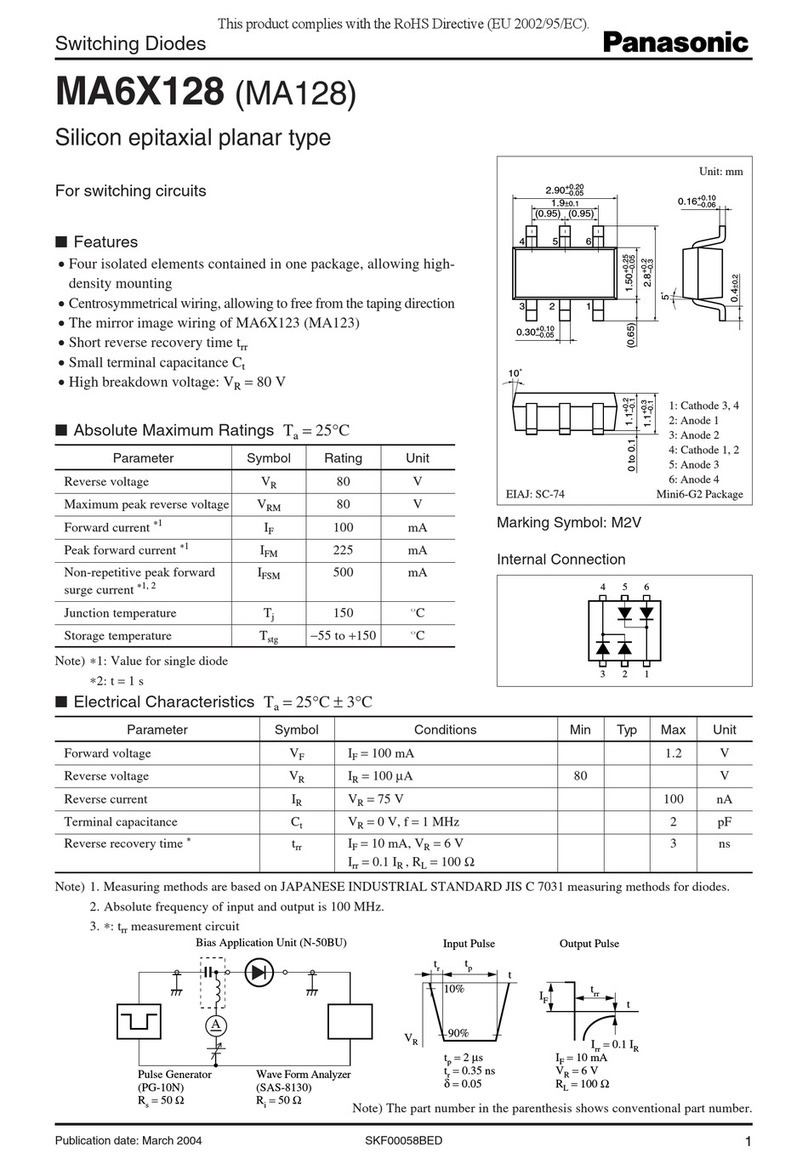
Panasonic
Panasonic Switching Diodes MA6X128 (MA128) Specifications

RF-Star
RF-Star RF-DG-32B manual
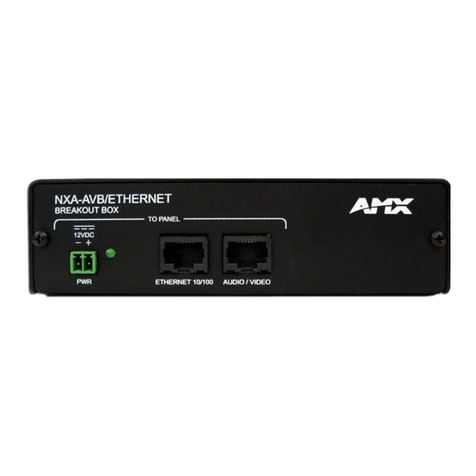
AMX
AMX NXA-AVB/ETHERNET quick start guide
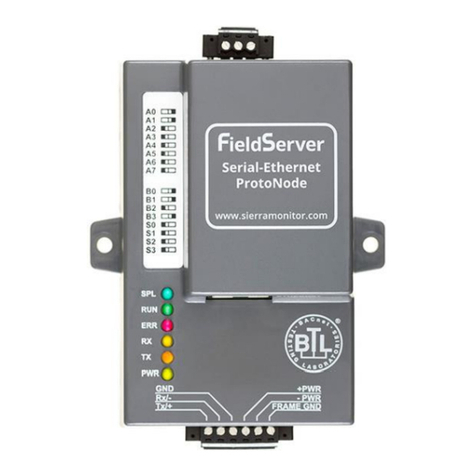
SMC Sierra Monitor
SMC Sierra Monitor ProtoNode FPC-N34 Startup guide

Juniper
Juniper T1600 Installation

